Applications
|
 |
5G-ready AI-enabled Operational Analytics: Offered as a service on Microsoft Azure, Nokia’s AVA enables carriers to move out of private datacenters and manage their networks securely, efficiently, and at scale using AI-enabled automation.
|
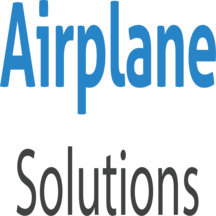 |
Air flights Schedule: AIRPLANE SOLUTIONS S.L. offers this suite of API services that provides a single source of airline flight information based on the International Air Transport Association’s (IATA) Standard Schedules Information Manual (SSIM) standard.
|
 |
Air Quality Sensors & Analytics: Leveraging AI and IoT technologies and built on Microsoft Azure, Breeze Technologies’ low-cost air-quality sensors gather real-time air-quality insights and provide tailored recommendations for efficient and effective clean air throughout urban environments.
|
 |
All you can Meet: Teams Meeting Room as a Service: Wortell’s Videobutler service for Microsoft Teams provides personal support to meeting participants to help optimize collaboration and ensure successful remote meetings.
|
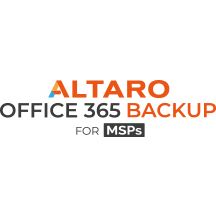 |
Altaro Office 365 Backup for MSPs: Altaro Office 365 Backup for MSPs is a monthly subscription program enabling managed service providers, IT resellers, and IT consultants to provide backup and recovery services for Office 365 mailboxes as well as OneDrive and SharePoint files.
|
 |
AML Compliance & Fraud Management: Alessa provides anti-money laundering (AML) capabilities that banks, fintechs, casinos, and other regulated industries need in one platform. It integrates with core systems and facilitates due diligence, screening, transaction monitoring, and regulatory reporting.
|
 |
Archivist Security Twin Platform: Jitsuin’s Archivist Security Twin Platform delivers the transparency, collaboration, and automation needed to move fast and fix connected things while boosting digital transformation. It helps reveal, reduce, and report risks in IoT while building trust with secure distributed ledgers.
|
 |
Arkose Labs Fraud Prevention Platform: Combining real-time risk assessments with interactive enforcement challenges, the Arkose Labs fraud prevention platform eliminates automated attacks and provides organizations with long-term protection against fraud and abuse.
|
 |
AutoCom Clean: AutoCom Clean is a cloud-based task management system that sends tailored cleaning and disinfecting tasks to employees’ mobile devices. Generate reports for task completion and product usage along with service receipts for customers. This app is available in Spanish.
|
 |
AutoCom Delivery: AutoCom Delivery is a cloud-based task management system that facilitates the delivery of clients’ grocery orders and contactless order collection. This app is available in Spanish.
|
 |
Aviatrix Controller Meter License – PAYG: The Epirus Azure Blockchain Service Explorer is a complete solution for providing insight into your blockchain deployments on Microsoft Azure, providing detailed views for interpreting tokens, contracts, accounts, transactions, and block data on your ledger.
|
 |
Barracuda CloudGen WAF for China: Barracuda CloudGen WAF is a feature-rich application security platform that protects applications from advanced threats and zero-day attacks. It scans vulnerabilities and remediates them with a single click, ensuring security and compliance for your applications and data.
|
 |
BindTuning Design – SharePoint & Office 365 Themes: BindTuning Design provides easy-to-use tools so you can quickly and without coding create an intranet design aligned with your brand. The large selection of SharePoint and Office 365 themes are easily customizable with BindTuning Design’s powerful point-and-click customization tool.
|
 |
Bookbot: Bookbot is a virtual reading assistant that listens to children read aloud and helps them as they progress, guiding them through its reading levels until they become confident, independent readers.
|
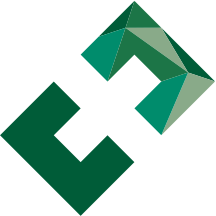 |
Cerebreon – Intelligent Debt Recovery Platform: Cerebreon is a SaaS solution that empowers creditors to make automated, data-driven decisions while maximizing debt recovery. It provides a single platform to extract, analyze, and transfer debt data while maintaining GDPR compliance and industry regulations.
|
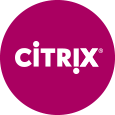 |
Citrix ADM Onprem Agent: The Citrix ADM on-premises agent works as an intermediary between the Citrix Application Delivery Management (ADM) service and NetScaler instances on Microsoft Azure, providing a secure channel for configuration, logs, and telemetry data.
|
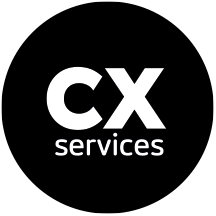 |
citrix.services (DaaS): ProTechnology GmbH offers its managed remote desktop as a service (DaaS) based on the latest Citrix and Microsoft technologies. The cloud-based solution fully integrates with your IT environment, uses your user authentication method, and is available for any workspace.
|
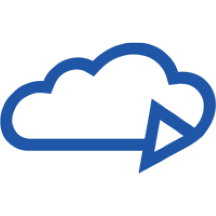 |
Claims automation modules for property and vehicle insurance: Powered by AI computer vision technologies, MotionsCloud helps property and vehicle insurance companies streamline and automate claims processes and evaluate damages using data-driven, customer-centric interfaces.
|
 |
CloudHealth Cloud Management Platform: VMware’s CloudHealth platform helps organizations optimize, secure, and govern their Microsoft Azure and multicloud environments. Deliver higher-quality products and solutions faster while keeping costs under control with CloudHealth.
|
 |
Comply SaaS Probe: Comply, a governance and tax compliance solution by SONDA, determines withheld taxes, calculates indirect taxes, and helps companies meet federal and municipal obligations. This app is available only in Brazilian Portuguese. |
 |
daenet Visual Components Detector (VCD): The correct identification of components and spare parts in complex machines can be a time-consuming and error-prone task. Visual Components Detector uses machine learning and AI-powered image classification to identify products.
|
 |
DAML on Azure Database: The DAML programming language enables enterprises to bring innovative business processes to market quickly. DAML on Azure Database is built on Digital Asset’s open-source DAML on PostgreSQL integration and takes full advantage of the highly available, resilient Azure database stack.
|
 |
Data-driven Disaster Resilience: Leveraging AI/ML, IoT, and cloud-edge technologies with real-time data and advanced analytics, IPgallery’s solution helps cities improve their ability to monitor, predict, and respond to sudden shocks and long-term stresses, such as floods, wildfires, and other crises.
|
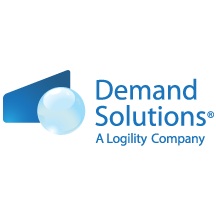 |
Demand Solutions Supply Chain Management Platform: The Demand Solutions Supply Chain Management Platform combines AI and advanced analytics to automate planning, accelerate cycle times, improve operating performance, break down business silos, and deliver greater visibility throughout your organization.
|
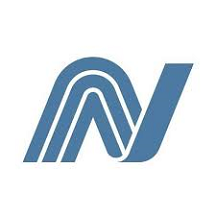 |
Digital OSS: Netcracker Digital OSS enables the rapid creation and delivery of high-value digital services on hybrid networks and automates and simplifies processes to help organizations gain improved operational agility and efficiency.
|
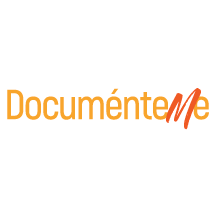 |
Documénteme Facturación Electrónica: The Documénteme electronic invoicing solution for Colombia runs as a service on Microsoft Azure and is ISO27001-certified to ensure compliance with legal and government regulations.
|
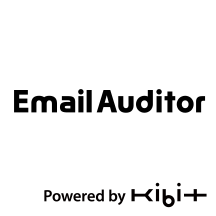 |
Email Auditor 19: Email Auditor 19 is an automated email audit system that uses artificial intelligence to help prevent fraud and establish an effective compliance system. This app is available only in Japanese.
|
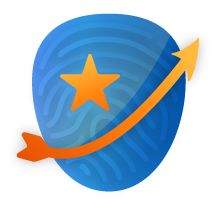 |
Employee Self Service by AGIT Development Center: Employee Self Service (ESS) is a human resources solution that enables employees to perform many job-related functions, such as applying for reimbursement, updating personal information, and accessing company benefits information. This app is available in Indonesia.
|
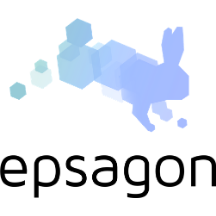 |
Epsagon: The Epsagon SaaS platform delivers automated, cloud-native application performance monitoring and troubleshooting. It’s designed to make DevOps teams more efficient by identifying problems, correlating data, and finding root causes.
|
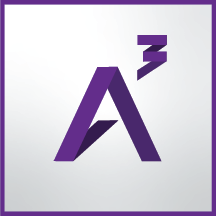 |
GDi Ensemble A3: GDi Ensemble A3 is an enterprise asset management solution that enables organizations to digitize and optimize material asset maintenance operations, resulting in higher efficiency and reduced costs.
|
 |
GDi Ensemble W4: GDi Ensemble W4 is a workforce management solution featuring web and mobile applications that enable organizations to efficiently plan, forecast, and schedule work and related resources to meet service-level goals.
|
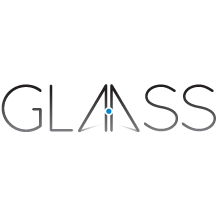 |
Glaass Pro: Glaass Pro is a construction management solution designed to handle the scale and complexity of enterprise projects. Glaass Pro includes Glaass Core with customizable modules to help teams deliver projects on time and within budget.
|
 |
Grafana Image Renderer Container Image: The Grafana Image Renderer is a plug-in for Grafana that uses Headless Chrome to render panels and dashboards as PNG images. Bitnami container images follow industry standards and are continuously monitored for vulnerabilities and application updates.
|
 |
HAProxy Community on CentOS: HAProxy Community is free open-source software that provides a high-availability load balancer and proxy server for TCP- and HTTP-based applications that spreads requests across multiple servers. Websoft9 images are packaged using industry best practices and are continually updated.
|
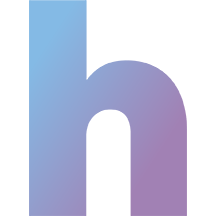 |
horizon: Truenorth Corporation’s horizon is a process automation tool that works independently, beside, or integrated with traditional ERP or CRM tools. It enables users to create and manage forms-based processes, define levels of approval, and visualize processes to make better business decisions.
|
 |
HYDRA COVID-19 Risk Management Platform: Designed to increase safety and provide holistic situational awareness, HYDRA COVID-19 Risk Management Platform helps users make decisions based on insights and take quick action to protect people and create safe working environments.
|
 |
IdProo: IdProo helps businesses manage identity and centralized access across all systems in their organization, making it easier for users to utilize products and technologies. It’s designed to improve user experience and to boost security and employee productivity.
|
 |
iGeneration – Digital Twin Implementation: Adfolks’ iGeneration on Azure for Industrial IoT connects to multiple streaming services, including Azure IoT Hub, Azure Event Hubs, and Apache Kafka to create real-time applications and dashboards.
|
 |
InvSolv – Inventory Management: The InvSolv inventory management system integrates with retail ERP, warehouse management, and other business systems to provide real-time stock levels, future stock availability, demand forecasting, and dashboards and reports.
|
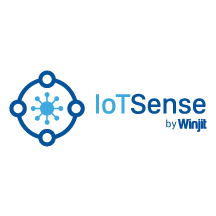 |
IoTSense – Full Scale IoT Platform: A full-scale IoT platform with edge and cloud capabilities, IoTSense is device- and network-agnostic, allowing users to use existing hardware, as well as current devices and sensors, on a multitude of networks.
|
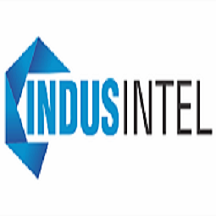 |
MachineScope – Additive workflow management & analytics: MachineScope is a closed-loop workflow management and analytics solution for additive manufacturing (3D printing) that offers a single-pane-of-glass system to manage workflows and performance of multi-vendor 3D printers.
|
 |
mailDocPRO: mailDocPRO manages certified email (PEC) and corporate correspondence to help optimize business processes, secure data, and reduce costs. This app is available only in Italy.
|
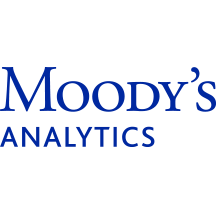 |
Moody’s Analytics GridLink As A Service (GlaaS): Moody’s Analytics GridLink as a Service (GlaaS) lets you submit AXIS actuarial modeling jobs to a cloud-based infrastructure for processing using a pay-per-use model. GlaaS server farms are deployed in multiple Microsoft Azure regions to ensure redundancy and respect data residency requirements.
|
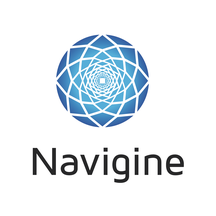 |
Navigine Platform: The Navigine Platform provides mobile developers and system integrators with development tools for creating indoor navigation and tracking services. Build applications that leverage indoor navigation, marketing, analytics, and tracking functionalities with the Navigine Platform.
|
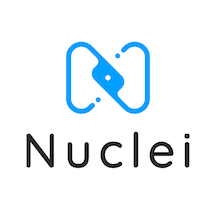 |
Nuclei: Designed to provide seamless customer experience, real-time integration with third-party products, and a data-driven approach to digital transformation, Nuclei enables users to increase customer engagement through several merchant and wealth management services.
|
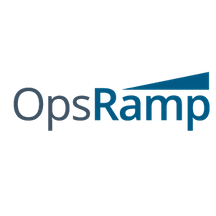 |
OpsRamp ITOM + AIOps Platform: OpsRamp provides an IT operations management platform for hybrid enterprises, delivered with service-centric artificial intelligence for operations (AIOps). Put productivity, governance, visibility, and control back in the hands of modern IT operations teams with OpsRamp.
|
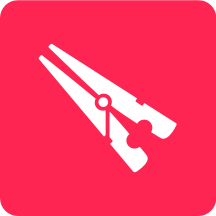 |
Peg: The Peg software suite powers influencer marketing for more than 1,700 companies across 169 countries. Peg connects to Shopify, AppsFlyer, Adjust, and Google Analytics to measure the ROI of performance-driven influencer marketing.
|
 |
Power Analytics Portal – (Power BI Embedded App): Share unlimited Microsoft Power BI reports and dashboards with Power Analytics Portal from BITECHSOL. Power Analytics Portal is built on Power BI Embedded, a Microsoft Azure service that lets developers embed visuals, reports, and dashboards into an app.
|
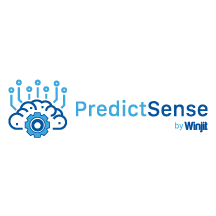 |
PredictSense – Automated Machine Learning: PredictSense, an automated machine learning platform, enables you to quickly solve complex business problems with its high-power algorithms. PredictSense builds predictive models that help you make precise and optimal business decisions.
|
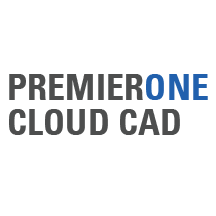 |
PremierOne Cloud CAD: PremierOne Cloud CAD from Motorola Solutions helps agencies manage calls faster and allocate resources more efficiently. PremierOne Cloud CAD is powered by Motorola Solutions’ CommandCentral platform.
|
 |
Prometeia PFTPro: PFTPro from Prometeia enables banks to automate routine tasks while providing personalized wealth management services for various investor segments. It also ensures compliance with FIDLEG, MiFID II, and other regulations.
|
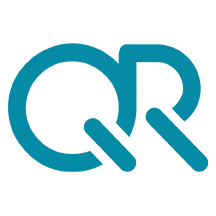 |
QuickReach: Intelligent Process Automation: QuickReach, an intelligent process automation platform from BlastAsia, lets you rapidly build automated workflows without coding. Features include a workflow builder, an automation designer, and AI add-ins.
|
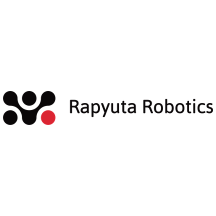 |
rapyuta.io: Accelerate your robotics solution development with rapyuta.io, a portal that offers unified runtime, managed infrastructure, and flexibility and scalability advantages. Build and manage robots across multiple sites with centralized access to business, engineering, and operations metrics.
|
 |
Recordsure Docs: Designed to handle regulated industries’ document workflows, the Recordsure Docs product suite brings client documentation into a single electronic case file and offers programmable search filters to accelerate review time.
|
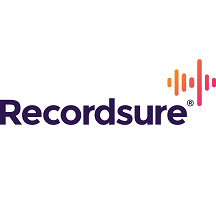 |
Recordsure Voice: The Recordsure Voice product suite offers game-changing speech analytics for regulated industries. Using AI technology, it helps teams triage content, classify conversations, extract key facts, and gauge risk with advanced anomaly detection.
|
 |
Retail media development OMO solution “AI Beacon/AI Tag”: AI Beacon helps retailers improve profitability by visualizing the customer journey, while AI Tag utilizes near-field communication technology to issue coupons by linking with products on the shelf. Both solutions are available only in Japanese.
|
 |
S3 Building Insights Platform: The S3 Building Insights platform integrates data from disparate systems to monitor energy usage, security systems, equipment performance, space utilization, and more. Customers can choose from a range of turnkey modules.
|
 |
Search and analysis of Instagram bloggers: Yoloco’s search and analysis service uses AI and filters to help brands and advertising agencies find Instagram bloggers so they can improve their sales and influencer marketing campaigns. This app is available in English and Russian.
|
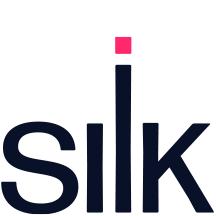 |
Silk Cloud Data Platform: Through real-time data reduction, thin provisioning, and continuous resource optimization, the Silk Cloud Data Platform allows organizations to get 10 times the performance out of their cloud data while spending 30 percent less.
|
 |
smartQED Free App: smartQED helps operations, support, and DevOps teams systematically solve complex problems. Its machine learning-powered visual workspace enables efficient collaboration for fast incident resolution.
|
 |
Solar PV App: OrxaGrid’s Solar PV App helps building owners calculate the optimal size of solar panels for their roof so they can save money on their energy bills. The software will consider location, orientation, angle, roof surface, tariff information, and more.
|
 |
Status List: Made for companies that run HTTP services, Status List monitors uptime and provides instant notification when services fail, degrade, or resume. Tackle your issues long before your customers call.
|
 |
stickers: MojiLaLa Unlimited provides you with access to more than 60,000 artistic and animated emoji stickers to enhance your chat, email, or video messaging experience. Always find the right sticker to express yourself and share with your family and friends.
|
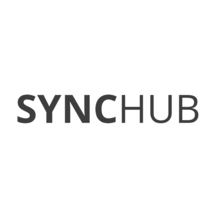 |
SyncHub: SyncHub lets you sync your cloud data with Microsoft Power BI in real time. Run advanced reports and analytics beyond the reporting already available in your cloud apps, and say goodbye to manual CSV exports and incomplete reports.
|
 |
TAIKAI – Online Hackathons and Open Innovation Platform: TAIKAI’s platform allows companies to run online hackathons and open innovation challenges, connecting them with promising freelancers, universities, and startups.
|
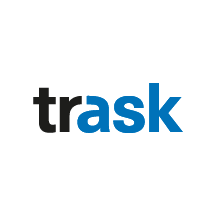 |
Trask ZenID: Trask ZenID’s optical character recognition and data capture functions speed up the client identity verification process and can detect high-quality counterfeit IDs, passports, or licenses. This app is available only in Czech.
|
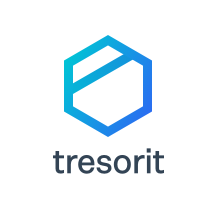 |
Tresorit: Tresorit’s content platform empowers users with seamless cross-device collaboration while protecting files from unauthorized access, disclosure, and loss. Tresorit’s patented technology features end-to-end encryption.
|
 |
Trifacta for Azure: Trifacta, a modern data preparation platform, cleans and prepares data for analytics and machine learning. Trifacta is integrated with numerous Microsoft Azure services, including Azure Data Factory, Azure SQL Data Warehouse, Azure Data Lake Storage, and Azure Blob storage.
|
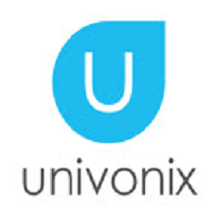 |
Univonix Automated PBX Migration to Microsoft Teams: Planner and Migrate, two parts of Univonix’s suite of migration services, offer advanced process automation for PBX assessment, planning, and provisioning to Microsoft Teams. Smoothly transition from legacy PBX (Cisco CUCM, Avaya CM, Mitel, Siemens, Nortel) to Teams.
|
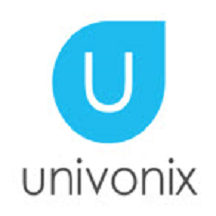 |
Univonix PBX Assessment for Migration to Microsoft Teams: The Univonix PBX Assessment is an advanced migration tool that delivers an aggregated view of all users, extensions, and devices on your legacy PBX voice configuration. It also maps your feature parity when migrating to Microsoft Teams.
|
 |
Vault-ERP: Vault-ERP resource planning software can help you manage your business and increase productivity with solutions across HR, sales, projects, operations, and company culture. Take advantage of time tracking, financial planning, reporting, and more.
|
 |
Vectra AI: Vectra AI’s Cognito platform accelerates threat detection using artificial intelligence to enrich collected network metadata. Vectra AI offers three apps on the Cognito platform: Cognito Stream, Cognito Recall, and Cognito Detect.
|
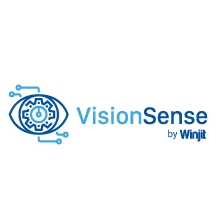 |
VisionSense: VisionSense, Winjit’s computer vision product, applies machine learning to huge data sets for advanced image processing, matching, and object detection (2D and 3D), which can be used in smart surveillance, advanced analytics, and more.
|
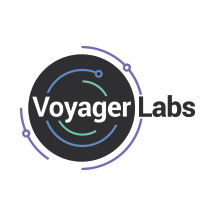 |
Voyager Labs: Voyager Labs enables law enforcement agencies and private-sector clients to collect and analyze massive amounts of unstructured data, helping them combat crime, fraud, trafficking, terror attacks, and other threats.
|
 |
Wearable SaaS for Firstline workers: Turnpike wearable devices empower retail staff with information and recommendations gathered from IoT sensors, point-of-sale systems, and AI cameras. This veritable sixth sense allows staff to increase efficiency and customer satisfaction.
|
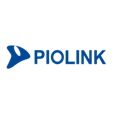 |
WEBFRONT-KS(WAF-BYOL): The WEBFRONT-K web application firewall from PIOLINK provides web security with dual detection engines to prevent cyberattacks. WEBFRONT-K offers high speed and stability, supporting small and large-scale businesses alike.
|
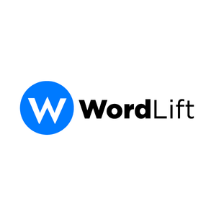 |
WordLift: WordLift’s natural language processing (NLP) allows you to inject structured data into your content, which helps search engines serve your content to the right person at the right time. Power up your SEO with WordLift’s AI and personalized knowledge graphs.
|
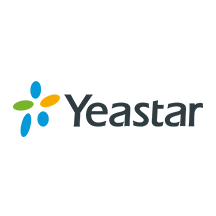 |
Yeastar for Microsoft Teams: This integration from Qunifi lets users on the Yeastar PBX System use their phones or the native Linkus Unified Communications softphone to connect with Microsoft Teams users.
|
Consulting services
|
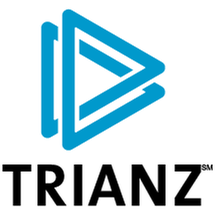 |
1 Day Workshop: Artificial Intelligence: Designed for business and IT stakeholders, this workshop from Trianz IT and Cloud Solutions Pvt. Ltd. will help you understand the AI products and services offered by Microsoft Azure and how best to use them.
|
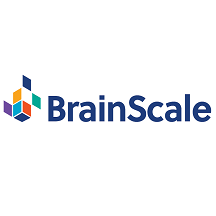 |
AzMigrate – 8 Week Implementation: BrainScale will assess your infrastructure and applications, prepare a secure landing zone in Microsoft Azure that meets your organizational compliance needs, perform a migration with the tool of your choice, and optimize your workload on Azure.
|
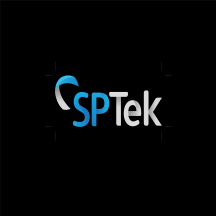 |
Azure DevOps: 2-Day Bootcamp Workshop: This workshop from SP Technology Co. Ltd. will provide hands-on training of microservices architecture, Docker, and Microsoft Azure DevOps. The workshop will be conducted in Korean.
|
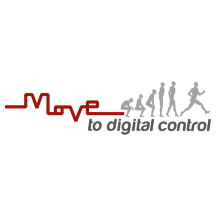 |
Cloud Migration- 2 hour free Workshop: Move AS will help you understand how Microsoft Azure can give your organization a competitive advantage. This includes streamlining the transition process by applying a proven integration approach based on a set number of servers, applications, and workloads.
|
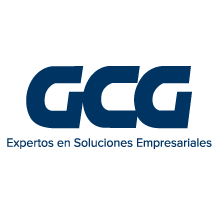 |
DynCloud Retail: 10-Wk Implementation: Gonzalez, Cortina, Glender y Cia will implement DynCloud Retail, which helps optimize and strengthen your end-to-end processes for inventory management, supply chain optimization, e-commerce, marketing, and mobile point-of-sale services. This offer is available in Spanish. |
 |
Pre-Configured Accounting: 4 Wk-Implementation: Best Practices Consulting will implement Pre-Configured Accounting, a configuration in Microsoft Dynamics 365 that standardizes financial processes so companies can comply with tax requirements. This offer is available only to customers in Mexico. |
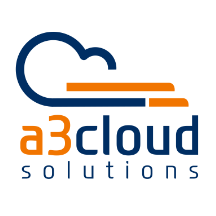 |
Security.Service – 1 Hour Briefing: Get a cloud security overview in this briefing from A3Cloud Solutions. Experts from A3Cloud Solutions will cover deployment best practices, Microsoft Azure cybersecurity services, and more.
|
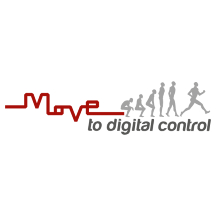 |
Windows Virtual Desktop in Azure- 2 week PoC: Suitable for organizations that haven’t already virtualized their desktops, this proof of concept from Move AS offers a comprehensive virtualization service through Windows Virtual Desktop.
|





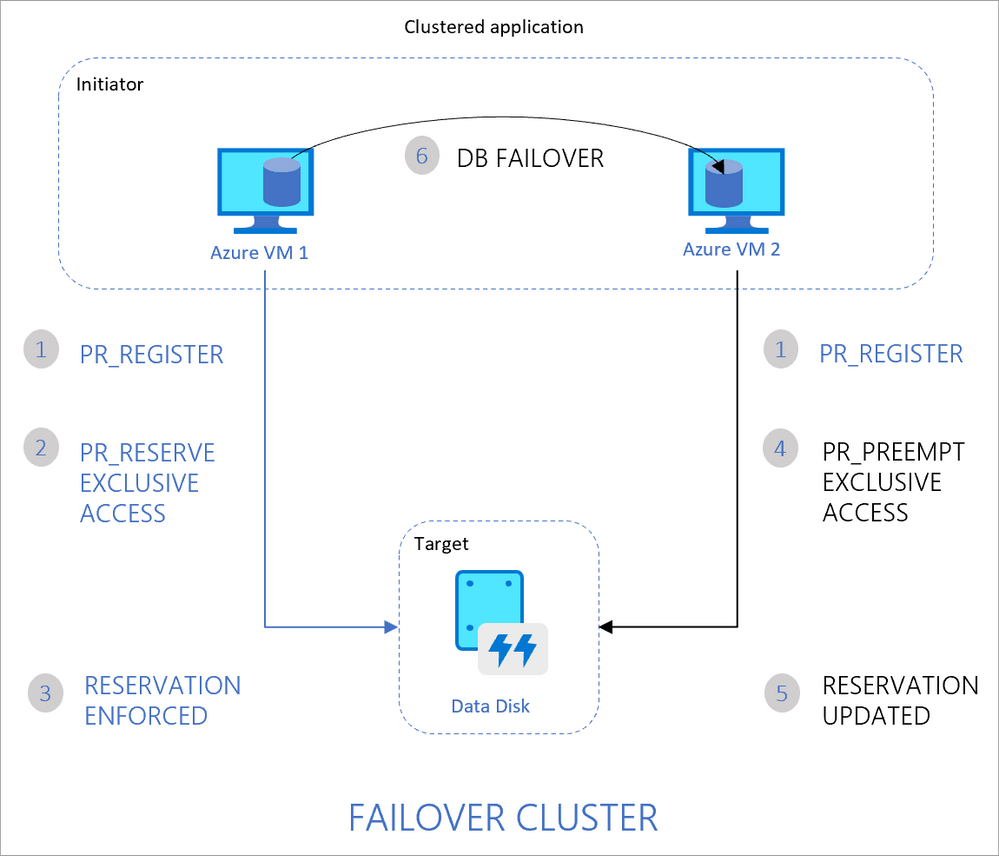


Recent Comments